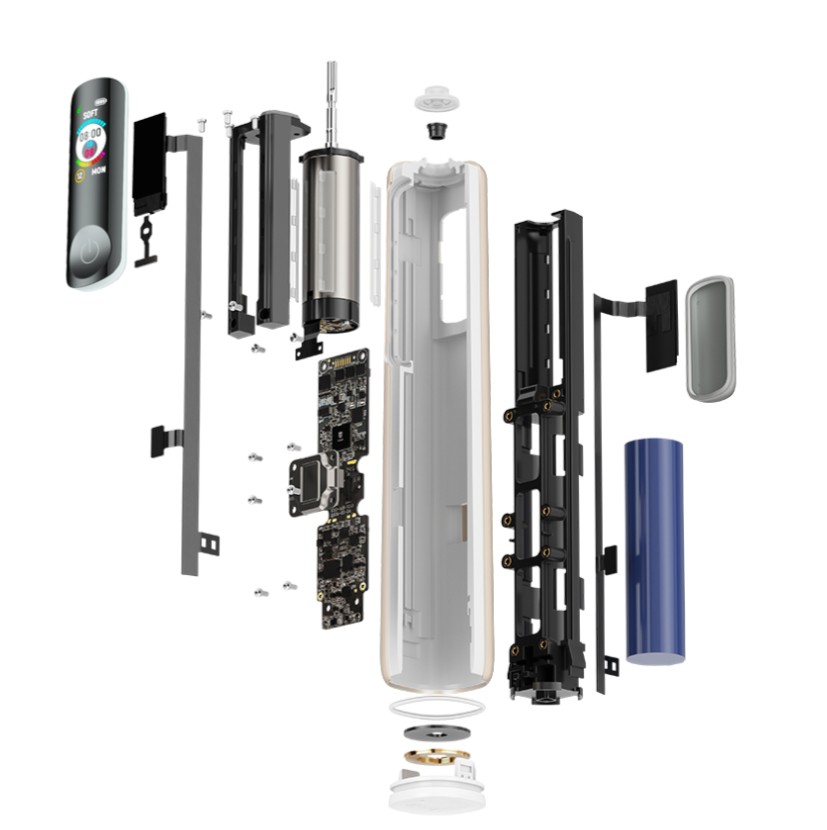If you’ve ever wondered how machines and robots move so smoothly without grinding to a halt, chances are tapered roller bearings are playing a crucial role behind the scenes. These components might look small and unassuming, but they are engineering superheroes. From heavy-duty industrial machinery to delicate robotic automation, tapered roller bearings keep things moving efficiently and reliably.
Understanding how they work and where to use them can save time, money, and a lot of headaches. In this guide, we’ll explore the essentials of tapered roller bearings, why they matter, and how they fit into robotic automation.
What is a Tapered Roller Bearing?
At its core, a tapered roller bearing is a type of rolling-element bearing designed to handle both radial and axial loads simultaneously. Unlike ball bearings, which only touch at a point, the tapered rollers touch along a line. This design spreads the load over a larger area, giving the bearing greater strength and durability.
Think of it like a row of tiny logs stacked on a slope. The logs (rollers) are in contact with both the slope (raceways) and the load pressing down, creating stability that’s hard to beat.
- Shape matters: The conical shape of the rollers allows for better load distribution.
- Versatile loads: They handle both downward (radial) and sideways (axial) forces.
- Durability: Perfect for high-speed, high-stress applications like robotic arms or conveyor systems.
How Tapered Roller Bearings Work
The genius of a tapered roller bearing lies in its geometry. The inner and outer rings are designed with a taper angle that matches the rollers. This taper allows the bearing to carry high axial loads while maintaining smooth rotational movement.
- Rolling contact: Instead of sliding friction, the rollers roll, reducing wear and heat.
- Axial load support: The angled design allows bearings to resist forces pushing along the shaft.
- Radial load support: The bearing still handles forces perpendicular to the shaft.
Imagine pushing a heavy box across a floor. If the floor is rough, it’s hard to move. But if you put it on a set of small cylindrical rollers, it glides easily. Tapered roller bearings work on a similar principle—but with incredible precision.
Applications in Robotic Automation
Tapered roller bearings aren’t just for cars or industrial machines—they’re also vital in robotic automation. Robots need precise, reliable movement, and tapered roller bearings provide just that.
- Robotic arms: Bearings handle both the weight of the arm and the force of the tasks it performs.
- Rotary joints: They ensure smooth, consistent rotation in automated systems.
- Conveyor systems: Bearings support both the rotation of rollers and the weight of products.
By using tapered roller bearings, engineers can design robots that are faster, stronger, and more reliable. In robotic automation, even tiny improvements in bearing performance can lead to huge gains in efficiency.
Advantages of Tapered Roller Bearings
Using a tapered roller bearing comes with several benefits that make them indispensable in engineering and automation:
- High load capacity: Handles combined radial and axial loads efficiently.
- Durability: Long-lasting under high-speed and high-stress conditions.
- Versatility: Can be used in multiple orientations and configurations.
- Smooth operation: Reduces vibration and friction, which is crucial in robotics.
- Compact design: Provides strong performance without taking up too much space.
These advantages make them ideal for applications ranging from automotive axles to robotic automation systems, where precision and reliability are non-negotiable.
Maintenance Tips for Longer Life
Even the strongest bearing needs care. Simple maintenance can dramatically extend the lifespan of a tapered roller bearing:
- Lubrication: Regular greasing reduces friction and prevents overheating.
- Cleanliness: Dirt and debris can cause premature wear. Keep the environment clean.
- Proper installation: Misalignment can lead to uneven wear and early failure.
- Regular inspection: Check for noise, vibration, and temperature changes as warning signs.
Following these tips ensures your bearings perform optimally and keep robotic automation running smoothly.
Choosing the Right Tapered Roller Bearing
Selecting the right bearing depends on the specific application:
- Load type: Consider both radial and axial forces.
- Speed requirements: High-speed applications may need special lubrication or materials.
- Space constraints: Measure carefully to ensure a proper fit.
- Environmental factors: Temperature, moisture, and contaminants can affect bearing life.
By carefully choosing the correct tapered roller bearing, engineers ensure safety, reliability, and efficiency in their machinery and robotic automation systems.
Conclusion: Why They’re Essential
Tapered roller bearings might not get the spotlight, but they’re quietly responsible for keeping machines moving efficiently. Their ability to handle both radial and axial loads, combined with durability and precision, makes them essential in industries ranging from automotive to robotic automation.
Whether you’re building a high-speed conveyor system, a robotic assembly line, or even a custom automation project, understanding and using tapered roller bearings effectively can make all the difference. Remember: the right bearing in the right application not only improves performance but also reduces maintenance costs and extends the life of your machinery.
Next time you see a robot arm moving smoothly or a conveyor belt running without a hitch, you’ll know there’s a small but mighty tapered roller bearing doing its job behind the scenes.





